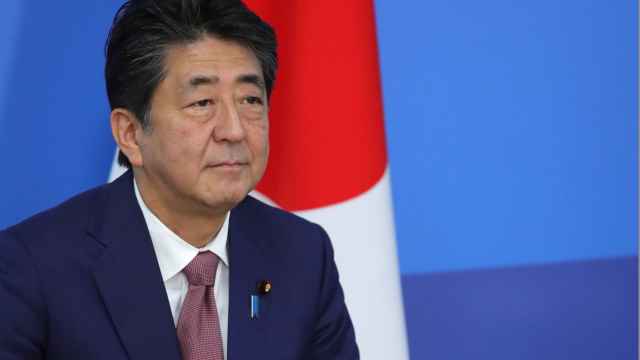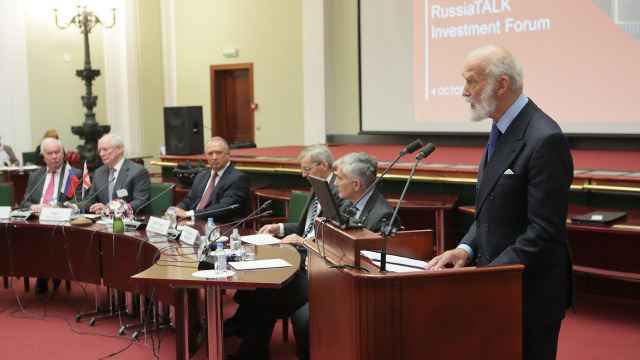More than half of all foreign direct investment (FDI) into Russia is channeled through overseas shell companies — a higher proportion than any other major economy, the International Monetary Fund (IMF) has said.
In a new paper exploring investment trends in the world’s top 20 economies, the IMF estimated around 60% of all FDI into Russia is made by empty brass plate holding companies.
“These shells, also called special purpose entities (SPEs), have no real business activities. Rather, they carry out holding activities, conduct intra-firm financing, or manage intangible assets — often to minimize multinationals’ global tax bills,” the IMF said.
The organization added: “Such financial and tax engineering blurs traditional FDI statistics and makes it difficult to understand genuine economic integration.”
“Phantom investment into corporate shells with no substance and no real links to the local economy may account for almost 40% of global FDI,” the report found.
Of the world’s largest 20 economies, Russia was one of only three where phantom FDI rates exceeded that global average. Accounting for almost 60% of all overseas investment into the country, Russia’s share of phantom FDI was twice as high as that recorded in the United States, South Korea, Mexico, Turkey and a number of other countries — both rich and developing.
The IMF also found that around one-quarter of FDI into Russia was “ultimately owned by domestic investors” — a practice known as “round-tripping” where domestic investors channel funds through a foreign organization or investment vehicle which then invests back into the investor’s home country.
Russia came out behind only China in the prevalence of round-tripping, “whereas the share is far below 10%, and sometimes completely negligible, in most developed economies,” the IMF said.
Investment statistics have come under intense scrutiny in recent years as economists, governments and international organizations attempt to create a more accurate picture of global investment flows.
The use of SPEs, often based in low-tax jurisdictions, along with round-tripping and other obfuscation techniques by investors hides the true source of foreign investment. For instance, on paper Cyprus, the Netherlands and Bermuda are the top three sources of FDI into Russia, but a study by the United Nations found that after untangling the use of offshore intermediaries, the U.S. was actually the top foreign investor into Russia.
A Message from The Moscow Times:
Dear readers,
We are facing unprecedented challenges. Russia's Prosecutor General's Office has designated The Moscow Times as an "undesirable" organization, criminalizing our work and putting our staff at risk of prosecution. This follows our earlier unjust labeling as a "foreign agent."
These actions are direct attempts to silence independent journalism in Russia. The authorities claim our work "discredits the decisions of the Russian leadership." We see things differently: we strive to provide accurate, unbiased reporting on Russia.
We, the journalists of The Moscow Times, refuse to be silenced. But to continue our work, we need your help.
Your support, no matter how small, makes a world of difference. If you can, please support us monthly starting from just $2. It's quick to set up, and every contribution makes a significant impact.
By supporting The Moscow Times, you're defending open, independent journalism in the face of repression. Thank you for standing with us.
Remind me later.






